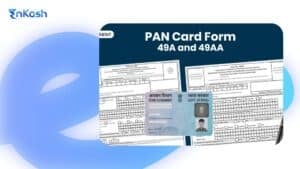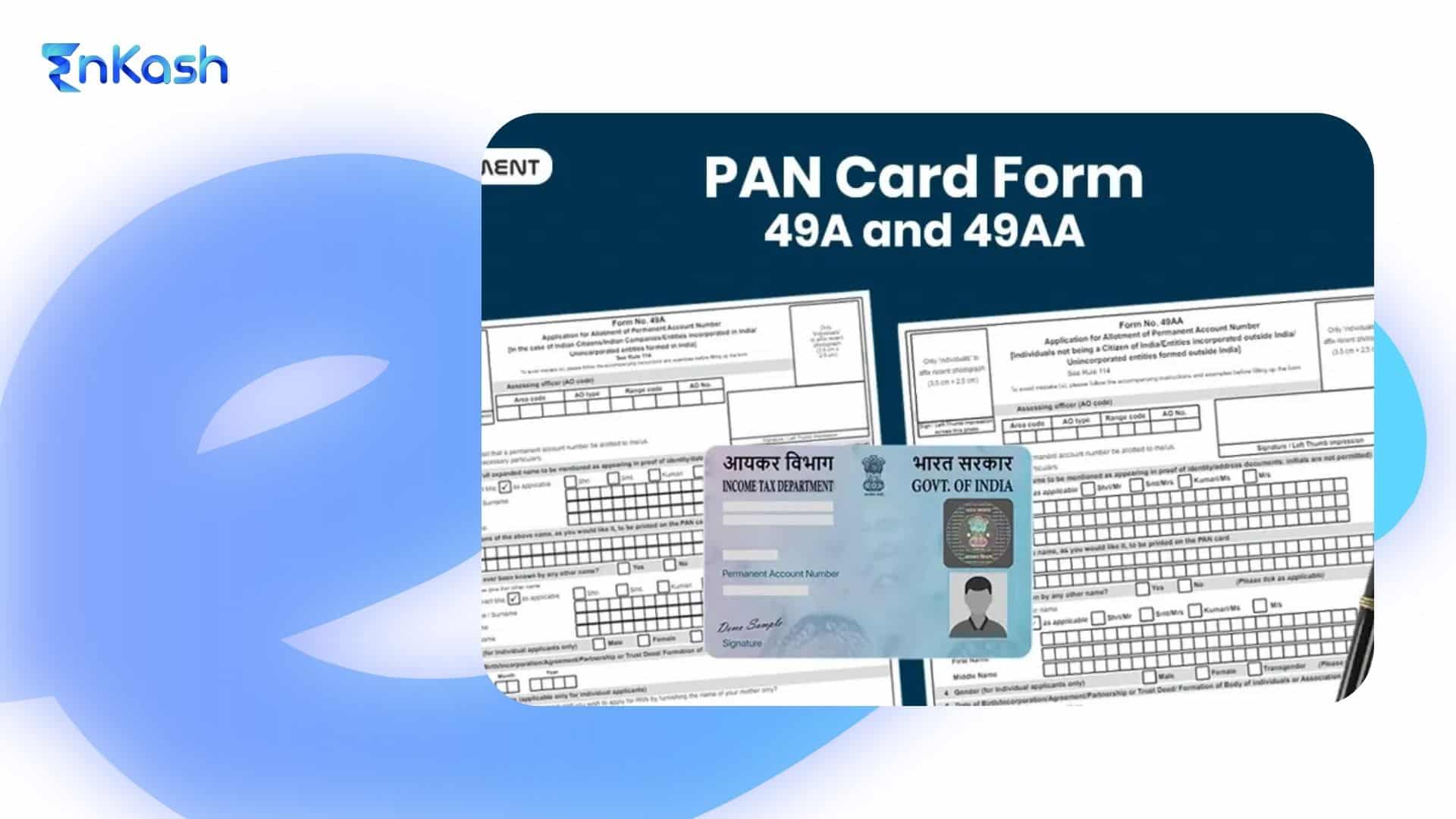Cash flow from operating activities (CFO) reflects the net cash generated from a firm’s core operating activities. Such activities exclude cash from investing or financing activities with the primary objective of showcasing the firm’s current activities that generate mainstream revenue. The CFO suggests that companies can determine whether their core activities have been financially sustainable without raising funds externally or by selling assets.
For investors and business leaders, the CFO calculates invaluable insights. By examining cash inflows and outflows through core operations, the CFO assists them in making better strategic decisions in a bid to expand operations, pay debts, or examine profitability. In this guide, you will understand the CFO calculation process and the components involved in it.
Understanding the Cash Flow Statement
The cash flow statement is one of the company’s three main financial statements. The income statement and balance sheet suggest that the company can be profitable, as well as have its assets and liabilities. On the other hand, the cash flow statement works as a good indicator of the company’s ability to manage its cash. The cash flow statement can be categorized into three types. These are:
Operating Activities
This section emphasizes the cash inflows and outflows from core business operations, such as sales revenues and operational costs. More than enough cash to sustain and develop the business without including any additional funding from outside sources represents a positive CFO.
Investing Activities
The sales and purchases of long-term assets are represented by cash flows. For example, it could be machinery or financial investments. Usually, the pattern of cash flow is positive with asset sales unless it goes negative and hints at reinvestment to fuel growth.
Financing Activities
All cash transactions pertaining to finance are recorded in this section. The issues of debt or equity, loan repayment, and dividend payment all fall under this category.
Read more: Cost Control Techniques
Components of Cash Flow from Operating Activities
To calculate the CFO, you must consider its basic elements. The elements make sense of how much cash a company’s core business generates or expends.
Net Income
The starting point for calculating CFO is net income from a company’s income statement. Because the income statement is prepared on an accrual basis, adjustments are necessary to account for actual cash flow.
Adjustments for Non-Cash Items
Certain things, such as depreciation, amortization, and stock-based compensation, impact net income but don’t represent cash flow. Non-cash costs added back in the CFO calculation reduce reported earnings. It includes:
- Depreciation and Amortization: It shows the total cost of an asset, whether it be tangible or intangible, throughout the course of its existence.
- Stock-Based Compensation: It reflects the expenses based on employee stock options or any other forms of equity incentives.
- Deferred Income Taxes: It aligns for differences in accounting vs. cash-based tax expenses.
- Impairment Charges: It also identifies losses on impairment of assets, which include property and equipment.
- Changes in Working Capital: The difference between current assets and current liabilities is known as working capital. The change in working capital indicates how much cash is locked up in or freed up from day-to-day business activities.
Read more: Non-Operating Expense
Calculating Cash Flow from Operating Activities
There are two main approaches to calculating the CFO: the indirect and direct methods. Both are allowed under Generally Accepted Accounting Principles (GAAP), although they are significantly different in terms of approach and details.
Indirect Method
The cash figure is obtained by taking the net income from an income statement and calculating adjustments for non-cash items and changes in working capital. The indirect method is dependent on accrual accounting, which may often be easier to relate to other financial statements.
Direct Method
In the direct method of calculation for the CFO, every single cash receipt and payment from operating activities would be listed. It comprises money paid to suppliers as well as money received from clients.
Comparison of Indirect and Direct Methods
Both methods depend on the resources of a company as well as reporting requirements. The indirect method offers a simplified approach and truly integrates well with accrual accounting. However, the direct method is detailed as it shows actual cash transactions and is a bit more document-intensive.
The indirect method is commonly used (recommended by FASB), requires less documentation, and aligns with accrual accounting, while the direct method provides a transparent view of cash transactions but is more resource-intensive.
Read more: Cost Accounting and Financial Accounting
Step-by-Step Guide to Calculating Cash Flow from Operations Using the Indirect Method
The indirect method is a very simple method of cash flow calculation from operating activities, very popular because it relies upon data from the income statement and balance sheet. This method begins with net income and adjusts there for non-cash expenses and changes in working capital to provide an accurate picture of cash flow.
Step 1: Start with Net Income
It begins with net income, which is the residual figure computed as earnings minus revenues, expenses, taxes, and all other costs. You can find such a figure in the income statement. However, net income could still comprise accruals and non-cash costs; therefore, it needs to be adjusted to only reflect cash activities.
Step 2: Add Back Non-Cash Expenses
Non-cash expenses, such as depreciation, amortization, and stock-based compensation, are deducted from income without any cash effect. These items need to be added back to income to convert it into a cash-based figure. Common non-cash adjustments include:
- Depreciation and Amortization: These represent amortizations of tangible and intangible assets over the latter’s life span.
- Stock-Based Compensation: This is the non-cash expense, valued at the value of shares contributed to the employees as part of their compensation.
- Deferred Taxes: This is an adjustment to reflect differences between the tax expense recorded in financial statements and cash taxes paid.
Step 3: Make Adjustments for Working Capital Changes
Changes in current assets and liabilities are further adjusted to keep track of the real cash flow from some activity. This step takes into account whether cash collections or payments happen before or after recognizing revenues or accruing an expense.
- Accounts Receivable: If accounts receivable are increasing, that means the cash hasn’t yet been collected on the sales that are made on credit. Subtract this increase from net income.
- Inventory: An increase in inventory means cash was used to buy stock that isn’t sold; therefore, it is subtracted. A decline in inventory implies sales were made, and the cash flow increases.
- Accounts Payable: An increase in accounts payable reflects an expense that has been recognized but not paid for in cash, so it is added to net income. A drop in accounts payable indicates that expenses were covered with cash.
- Accrued Expenses: Identified but unpaid expenses are referred to as accumulated expenses. It subtracts the drop in expenses and adds the rise.
Step 4: Calculate Cash Flow from Ops
After all the above-mentioned adjustments, the total provides the cash flow from operations, which is a cash-based measure of the core activities of the company. This number gives an idea of whether the company’s core activities can generate enough cash to support the business without depending upon infusions of cash from other sources.
Example
Let’s say a business discloses the following financial information:
- Net Income: ₹200,000
- Depreciation: ₹20,000
- Amortization: ₹10,000
- Increase in Accounts Receivable: ₹15,000
- Decrease in Inventory: ₹5,000
- Increase in Accounts Payable: ₹10,000
Back Non-Cash Expenses = 200,000 + 20,000 + 10,000 = 230,000
Changes in Working Capital = 230,000 − 15,000 = 215,000
Inventory = 215,000 + 5,000 = 220,000
Accounts Payable = 220,000 + 10,000 = 230,000
Hence, the final cash flow from operations is ₹230,000, showing the net cash generated by core business operations after accounting for non-cash items and changes in working capital.
Calculation:
CFO = 300 + 100 − 100 + 100 + 150 = 550
Direct Method Calculation for Cash Flow from Operations
The direct method provides a more straightforward revelation of actual cash transactions, especially as each type of cash inflow and outflow from the core business operations would be credited on a direct basis.
Step 1: Cash Received from Customers
The first component is the money that was received from clients throughout the reporting period. This includes cash sales as well as amounts received on accounts receivable. The actual physical inflow of cash is reflected by recording cash receptions from customers by this method rather than accrued revenues.
Step 2: Cash Paid to Suppliers and Vendors
This is the cash spent for goods or services required in the operation process. It can be raw materials, utilities, general supplies, and so on. Cash payments to suppliers reduce cash and reveal the actual cash outflows required to maintain operations.
Step 3: Cash Paid for Operating Expenses
This includes expenditures on regular running costs, including salaries, rent, insurance, and other general administrative costs. The cash outflow from the current account for expenses records the real cost of running day-to-day business operations.
Step 4: Cash Interest and Taxes Paid
Interest on debt as well as tax paid on the business is a part of the cost of operation since these accrue repeatedly and are definitely a cash outgo of the company. Therefore, these shall also be added to give an all-round perspective of cash requirements for running the business.
Step 5: Find Operating Cash Flow
Add all cash inflows and outflows to calculate net cash from operational activities. It represents the ability of the business to sustain its activities purely on cash generated by sales and services.
Example
If a firm collects ₹1,000,000 from customers, pays ₹500,000 on suppliers, ₹200,000 in salaries, and ₹50,000 in taxes, the CFO calculations would be as follows:
CFO = 1,000,000 − 500,000 − 200,000 − 50,000 = 250,000
This indicates a net cash inflow of ₹250,000 from the core operations, the cash-based measure of operational health.
Read more: Spend Analysis
Cash Flow from Operations vs. Net Income and EBITDA
Understanding how the CFO stands concerning other measures, like net income and EBITDA, allows us to set a perspective of what kind each of these metrics is trying to measure within the context of financial performance. In that way, these differences give insights into cash generation, profitability, and operational efficiency in a company.
Metric |
Purpose |
Includes |
Excludes |
Cash Flow from Operations (CFO) |
Measures cash generated from core business activities. |
Adjusted net income, non-cash costs, and working capital adjustments. |
Long-term investments and financing activities. |
Net Income |
Assesses overall profitability. |
Revenue minus all expenses, taxes, and interest. |
Non-cash adjustments like depreciation and amortization. |
EBITDA |
Evaluates operational profitability. |
Earnings before interest, taxes, depreciation, and amortization. |
Interest, taxes, depreciation, and amortization. |
- CFO: It reflects cash-based operating health. A positive CFO implies a business is earning cash for operations to keep going.
- Net Income: It shows a profit but adds non-cash expenses, and therefore it gives a more general view, although sometimes it is not as cash-related.
- EBITDA focuses on operational earnings for the comparison of companies across various industries, eliminating financing and non-operating factors.
Read more: Account Receivable Process
Conclusion
Assessing a company’s fundamental financial health requires an understanding of and ability to compute cash flow from operating operations. By following the steps outlined, business leaders and investors can gain a clear view of how well primary operations support liquidity and potential growth.
Whether indirect or direct, the CFO shows an unvarnished look at the sustainability of a company through cash flows from core business operations. For those businesses growing, looking to invest or seeking funds, a positive and upward-trending CFO often creates stability and strength in the market.
FAQs
Is cash received from income tax an operating cash flow?
Yes, cash received as an income tax refund is usually operating cash flow because it directly concerns business operations. The adjustment in cash flow reflects the taxes previously paid that are now being returned to the business and, therefore, affects the net cash generated by the core activities. However, in case the refund concerns a nonoperating activity, the sale of an investment can be treated otherwise as per accounting policy.
What are the specific conditions for estimating cash flow from activities?
Special adjustments to the CFO calculation include non-cash items such as depreciation and stock-based compensation, working capital changes such as accounts receivable and inventory, finance interest income, and company accounting policies that affect the CFO. The adjustments make sure that the CFO captures the right cash inflow generated from core operations.
What’s the difference between CFO and net income?
Net income contains non-cash items like depreciation and may be very sensitive to accounting judgments, whereas the CFO represents actual inflows and outflows of cash through core business operations. Cash flow from operations would result in more accurate and precise liquidity and availability of cash as compared to that of net income.
What’s the difference between the direct and indirect methods of calculating CFO?
The direct method lists specific actual cash inflows and outflows, such as cash received from customers. The indirect technique begins with net income, adjusting for non-cash items and changes in working capital to determine the CFO. Both methods yield the same result but differ in presentation.
Why do companies often prefer the indirect method for CFO calculation?
The indirect method is easier to prepare, especially if the companies already make use of accrual accounting. It relates the CFO with other financial statements, so it’s straightforward and commonly used in financial reporting.
What items are adjusted in the indirect method for calculating CFO?
Non-cash expenses, including depreciation, should be added to revitalize the cash flow. It’s also necessary to balance working capital accounts like accounts payable, inventories, and receivables.
How does depreciation affect the CFO?
Depreciation is a non-cash expense. It reduces net income without affecting cash flow. To represent actual cash, it is added back to net income in the CFO calculation.
Can CFO be negative, and what does it mean?
Yes, CFO can be negative if a company spends more cash on its operations than it generates. It is usually a red flag in a company’s financial statements, but it could mean they’re heavily investing in growth, so it could be beneficial for long-term profitability.
What effects do working capital changes have on the CFO?
Changes in current assets and liabilities impact cash flow. For instance, an increase in accounts receivable decreases cash flow because the money has not yet been collected. On the other hand, an increase in accounts payable increases cash flow because payments are delayed.
What are the common uses of cash flow from operating activities?
A CFO can make growth investments, settle debt, pay dividends, or accumulate funds. An excellent CFO gives an organization the flexibility to implement strategic financial decisions without necessarily looking for external funding.












